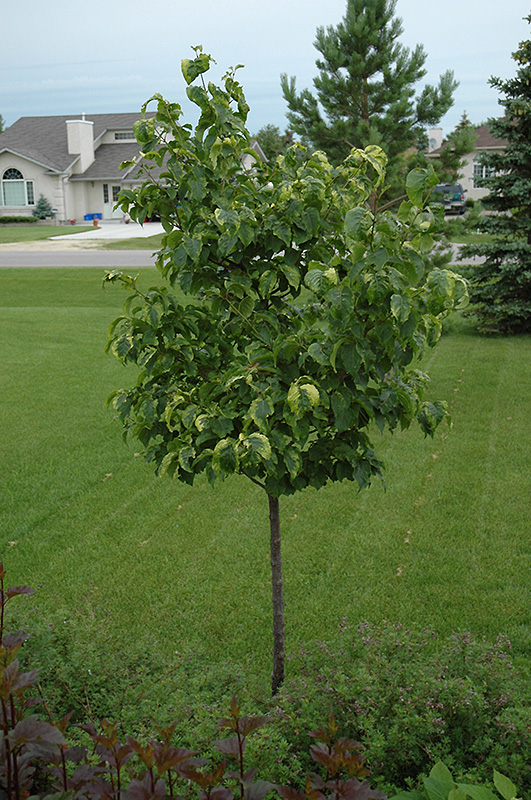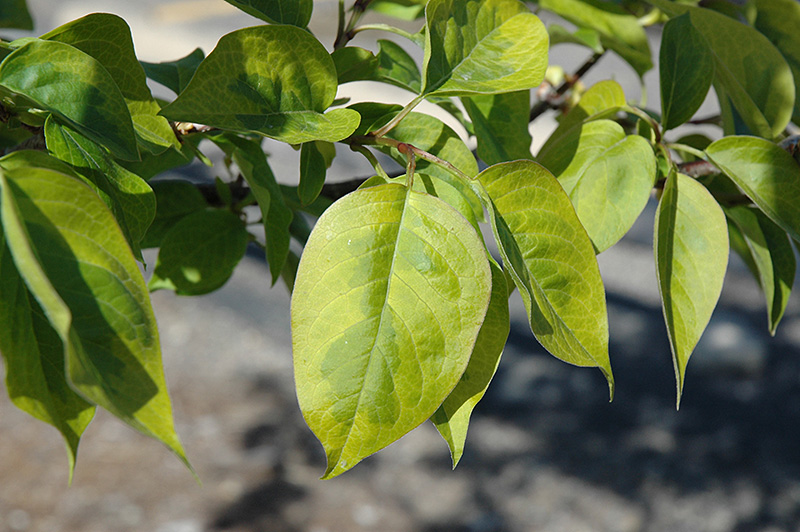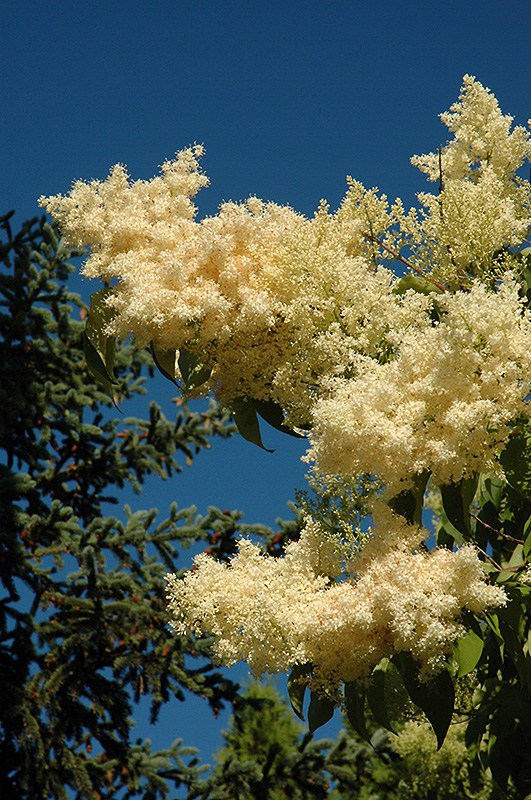>> Home
Golden Eclipse Japanese Tree Lilac
Syringa reticulata 'Golden Eclipse'
Height: 20 feet
Spread: 15 feet
Sunlight:
![]()
![]()
Hardiness Zone: 3a
Description:
A true gem for the discerning home landscape, this is a small accent tree with showy cream-variegated foliage all season, large frothy white flowers in early summer and a neat upright habit; use as a specimen, best with some afternoon shade
Ornamental Features
Golden Eclipse Japanese Tree Lilac features showy plumes of fragrant creamy white flowers rising above the foliage from late spring to early summer. It has attractive yellow-variegated green foliage. The pointy leaves are highly ornamental but do not develop any appreciable fall color. The smooth dark red bark adds an interesting dimension to the landscape.
Landscape Attributes
Golden Eclipse Japanese Tree Lilac is a deciduous tree with an upright spreading habit of growth. Its average texture blends into the landscape, but can be balanced by one or two finer or coarser trees or shrubs for an effective composition.
This is a relatively low maintenance tree, and should only be pruned after flowering to avoid removing any of the current season's flowers. It is a good choice for attracting butterflies to your yard, but is not particularly attractive to deer who tend to leave it alone in favor of tastier treats. It has no significant negative characteristics.
Golden Eclipse Japanese Tree Lilac is recommended for the following landscape applications;
- Accent
- Shade
Planting & Growing
Golden Eclipse Japanese Tree Lilac will grow to be about 20 feet tall at maturity, with a spread of 15 feet. It has a low canopy with a typical clearance of 3 feet from the ground, and is suitable for planting under power lines. It grows at a medium rate, and under ideal conditions can be expected to live for 40 years or more.
This tree does best in full sun to partial shade. It prefers to grow in average to moist conditions, and shouldn't be allowed to dry out. It is not particular as to soil type or pH. It is highly tolerant of urban pollution and will even thrive in inner city environments. This is a selected variety of a species not originally from North America.


